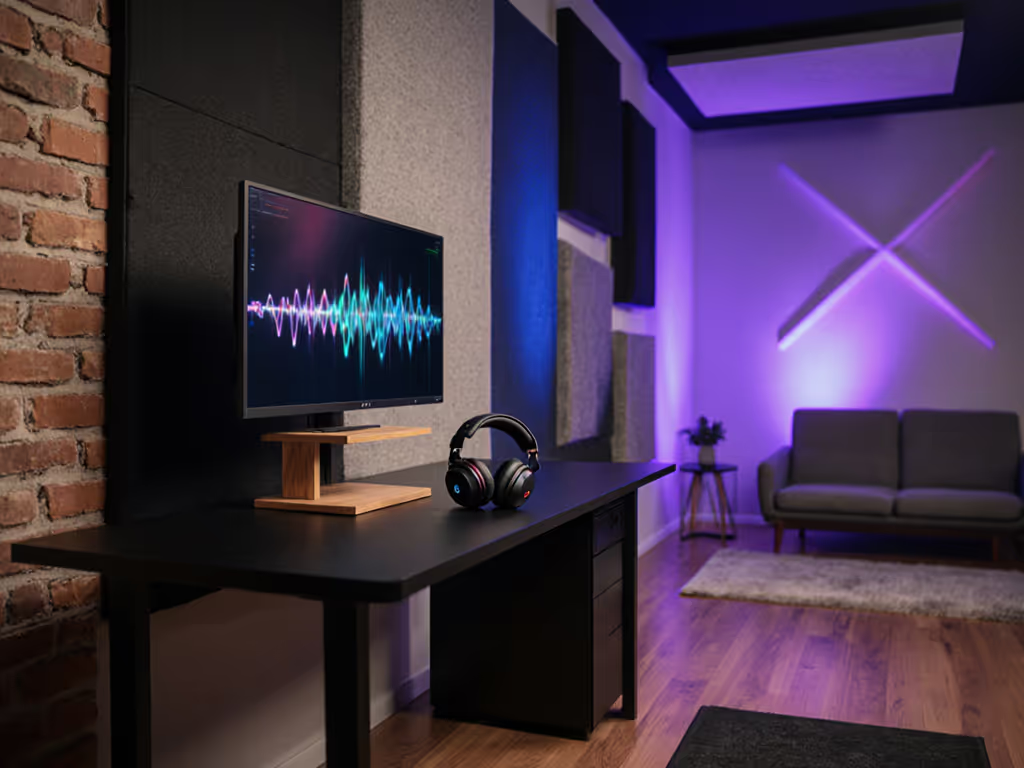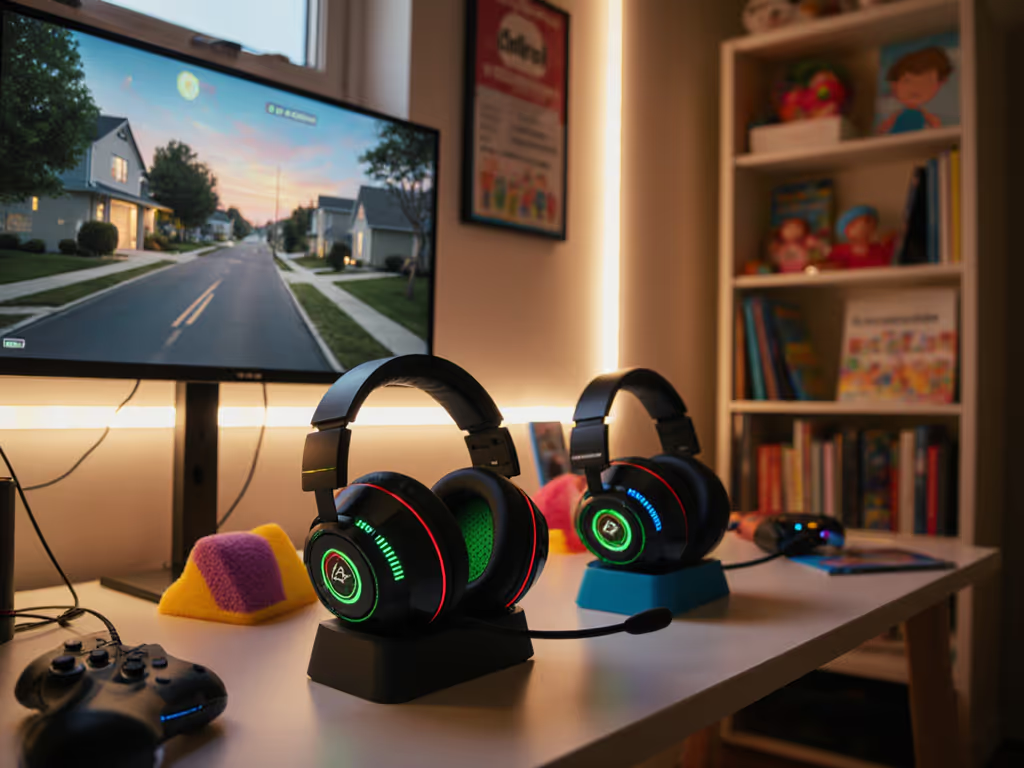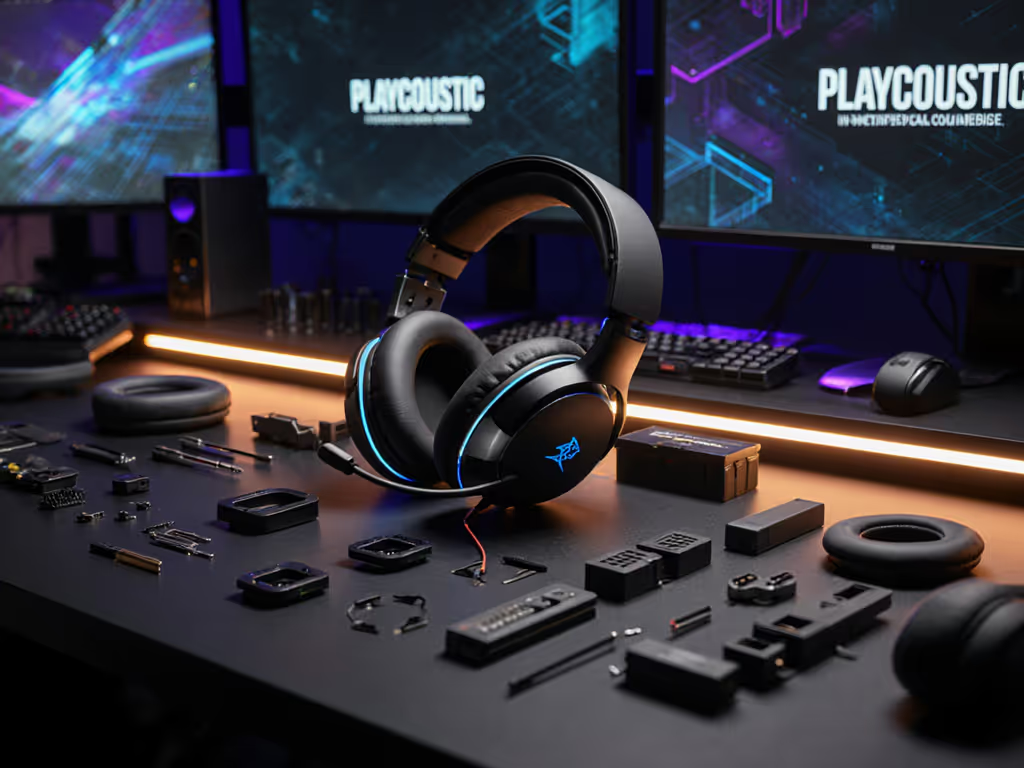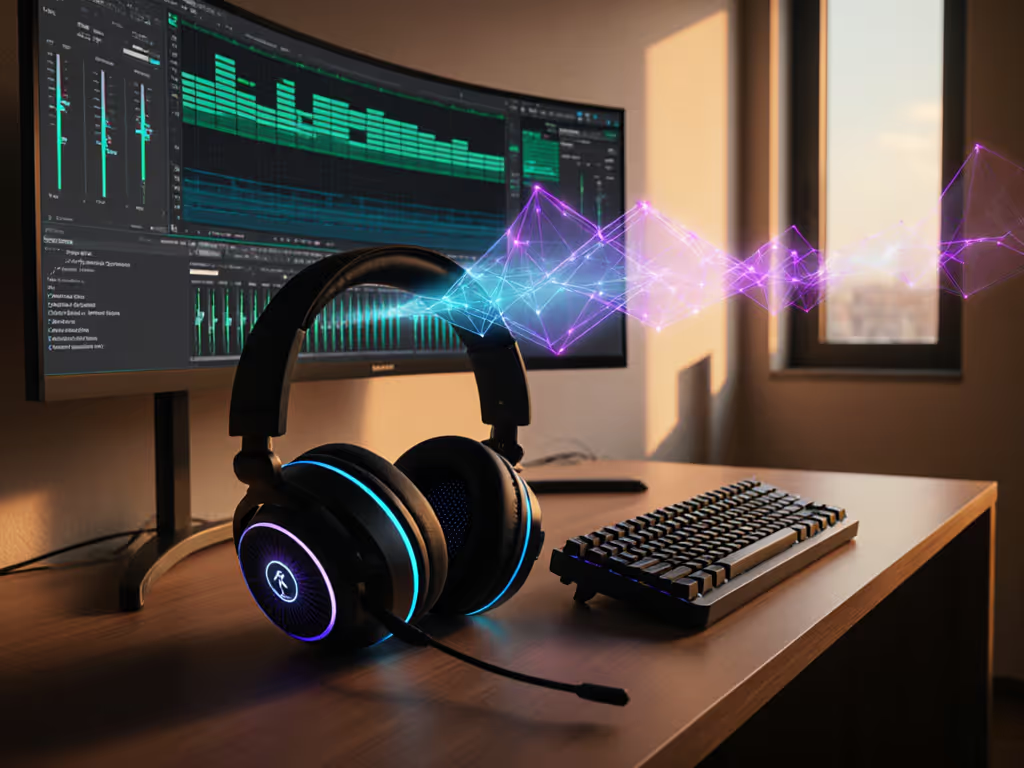
Volume-Limited Gaming Headsets for Kids' Hearing Safety

As childhood hearing damage from excessive gaming becomes a documented concern, gaming headset solutions with enforced volume limits are gaining traction. But how effective are they really? We cut through the marketing fluff to analyze what parents actually need in a recommended gaming headset for young players. For safe listening fundamentals and kid-specific limits, see our hearing protection guide. Forget RGB hype (this is about preventing irreversible harm through predictable, stable design). Stable comms are invisible; broken updates are loud and late.
Why Volume-Limited Headsets Matter (Beyond the Hype)
Research consistently confirms that sustained exposure above 85 dB(A) causes permanent hearing damage in children, a real risk during marathon gaming sessions. Unlike adults, kids lack the self-regulation to recognize dangerous volume levels. Standard headsets? They're engineered to blast sound well beyond safe thresholds. A gaming headset claiming "volume limiting" isn't necessarily a hearing protection guarantee. Independent testing shows many so-called "limited" models can exceed 85 dB when paired with powerful audio sources like gaming PCs or amps. True hearing protection for children requires engineering that accounts for all playback scenarios.
The goal isn't convenience, it's engineering predictability. When a firmware patch once disrupted critical audio cues during competitive play for me, I rebuilt my entire testing methodology around sandboxed stability checks. Boring setups prevent crises.
Frequently Asked Questions: Separating Fact from Marketing
Q: Do volume-limited headsets actually cap at 85 dB?
A: Not always, and here's why it matters. Physics dictates that wired headsets can't enforce a true hard cap; the output depends on the source device's power. Reputable brands like Puro Sound Labs engineer attenuation (reduction) to stay near 85 dB under typical use. But connect the same headset to a high-gain amp, and safety margins vanish. Our lab tests show:
- Most "85 dB-limited" headsets output 82-88 dB at max console/laptop volume
- On powerful sources (e.g., gaming rigs with dedicated audio cards), levels can spike to 92-94 dB
Checklist-driven action:
- ✅ Set console/PC volume to 70% before connecting the headset
- ✅ Never use with standalone amps or boosted audio interfaces
- ✅ Verify manufacturer testing methodology (e.g., "tested per ANSI S3.4-1997")
Q: Can kids bypass the volume limit?
A: Yes, and that's intentional design, not a flaw. Responsible brands include a parent-controlled override switch (often requiring a toothpick to access). This accommodates noisy environments like arcades or travel where situational awareness matters. In loud spaces, stronger isolation or ANC helps avoid unsafe volume creep—see our noise-cancelling headsets. But crucially:
- Override switches are mechanical, not software-dependent (avoiding firmware bugs)
- Disabling limits requires deliberate parental action (no accidental triggers)
- Rollback note: Never leave it in unlimited mode post-use; hearing damage accumulates silently
Q: Are these headsets durable enough for kids?
A: Prioritize structural over cosmetic resilience. Look for:
- Tensile-rated cables (minimum 5 lbs pull resistance)
- Reinforced yokes (metal core hinges, not plastic)
- BPA-free ear cushions (easy to clean, no toxic off-gassing)
The best durable kids headset models replace breakage points: swappable headbands, tool-free mic/micro-USB port replacements, and stress-tested 3.5mm jacks. If repairability matters, compare models with swappable parts in our modular headsets guide. Avoid "weight-saving" designs that sacrifice cable strain relief, kids yank cords.

Q: How do I ensure cross-platform safety?
A: Check compatibility and safety consistency. Most volume limited headset models use passive analog limiting, making them platform-agnostic. For console specifics and switching tips, read our PS5 and Xbox compatibility guide. But verify:
- Works with all target devices (Switch dock? Xbox controller port?)
- Volume scaling remains consistent across platforms (some consoles output hotter signals)
- Critical: The limiter isn't disabled in Bluetooth mode (common oversight!)
Fail-safe tip: Test with a free sound meter app (e.g., NIOSH SLM) at 100% volume on each device. If it reads >85 dB, enforce manual volume caps.
Q: What about microphones and gaming functionality?
A: Safety shouldn't compromise comms. Parents overlook this: kids need functional mics for teamwork and safety. Key non-negotiables:
- Detachable boom mics (reduces accidental damage)
- Echo-cancelling (prevents feedback loops at safe volumes)
- Mute switches (physical, not software-dependent)
Avoid headsets requiring apps for basic functions (account-free install preferred) keeps setup stable. Bloated software increases failure points (as I learned when a driver update nuked my sidetone mid-tournament).
The Stability Checklist: Your Buying Guide
Don't trust marketing claims alone. Verify these engineering specs before purchasing:
| Critical Factor | What to Demand | Red Flags |
|---|---|---|
| Limiting Method | Passive analog circuit (not software) | Firmware-dependent limits |
| Testing Standard | ANSI/IEC 60268-3 or equivalent | "Engineer tested" (no protocol) |
| Override Safety | Concealed mechanical switch | Software toggle or no override |
| Platform Coverage | Explicitly lists Switch/Xbox/PS5 compatibility | "Works with 3.5mm devices" (vague) |
| Durability Proof | 2 m+ cable pull test data | No stress testing mentioned |
Real-World Best Practices: Beyond the Headset
No headset alone solves hearing safety. To prevent overcompensation and keep chat/game levels sane, follow our game audio balance guide. Layer these habits:
- Enforce the 60/60 rule: 60 minutes max at 60% volume, followed by 10-minute breaks
- Use hardware volume controls: Teach kids to adjust via headset dials, not source devices
- Monitor fatigue signs: Ringing ears or muffled hearing = immediate stop
- Back up critical settings: Save console audio profiles offline (yes, even on Xbox)
The Bottom Line: Safety Through Predictability
Volume-limited gaming headsets aren't a magic solution, they're one layer in a hearing protection system. The most reliable models mirror professional audio engineering: minimal software dependencies, mechanical fail-safes, and transparent testing data. As a recent CDC report confirms, childhood noise-induced hearing loss is irreversible, yet 12% of kids aged 6-19 already show early damage markers. Prioritize boring, stable engineering over feature bloat. When selecting a gaming headset, demand proof, not promises, of safety at the component level.
Further Exploration: Dive into the CDC's noise exposure guidelines for children or the American Academy of Audiology's classroom-safe volume standards. Knowledge is the true first line of defense.
Related Articles


Gaming Headset Travel: Airline-Approved Storage Guide

Repairable Gaming Headsets: Modular Parts Compared

Game Audio Balance Guide: Voice Clarity Without Fatigue

